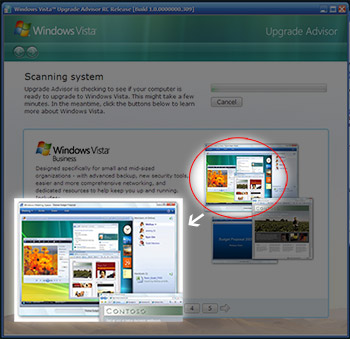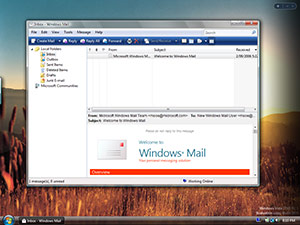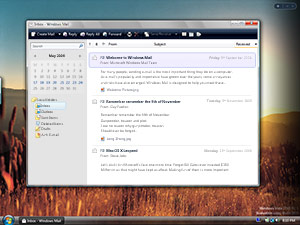A lot of companies out there, and especially IT companies, just don’t understand the concept of communicating with its customers. “Communicating” should not just imply transmitting a press release every few months, it is a two-way process connecting companies with customers by listening and talking.
Almost every company talks but hardly anyone listens. And even so, most companies ‘listen’ only through the quarterly sales reports to interpret what their customers are saying. Companies should listen on a variety of formal and informal communication channels that includes email, forums, petitions and probably most importantly at this time in age, blogs.
For example, I wrote a blog post harshly criticising the professionalism and seriousness of the eGames & Entertainment Expo’s organisers. The organiser, CyberActive Media, listened to what I had to say and valued my opinions. Should they have not listened to what I had to say, the poor experience might have led me to influence my peers not to attend the event. However since they did listen, a poor experience has translated into a positive experience and I’m telling all my peers to attend.
But what good is it having a public list of emails for top executives if they don’t reply. Listening must also be complimented by talking. Talking too, comes through a variety of formal and information channels. Some express more value than others.
First, I have an example of a company’s poor response to my communications. I contacted Logitech Australia almost a month ago now, concerning a PR enquiry. I assume the person I emailed did not see significance of me as a blogger and disregarded the message. As a fan of Logitech’s products, having 4 sitting on my desk now, I’m appalled. I probably don’t have any significance as a blogger, but I definitely have enough significance as a customer not to be ignored. I didn’t have any high expectations, so I was expecting a “no”, but I didn’t even get that.
On the side of the spectrum, I have two great examples of companies’ talking effectively. One of which includes Microsoft, but since that might be biased, I won’t talk about it. The other is with the TechSmith Corporation. In this case, TechSmith actually started the conversation with me, which is always a surprise. Betsy Weber from TechSmith contacted me though email, but we eventually ended up on instant messaging which to me has a lot more value. Through the many conversations we’ve had, we’ve even produced some great outcomes for both my blog and their business. So it’s definitely win-win.
In conclusion, if you’re a company, have a conversation with your customers. Don’t just listen or talk, listen and talk. If you’re a customer, do you have any good or bad experiences communicating with companies? Share them here.
![]() In the latest September 9 build of the Windows Vista Update Advisor, I spotted a really interesting image out of the “while you wait” information section.
In the latest September 9 build of the Windows Vista Update Advisor, I spotted a really interesting image out of the “while you wait” information section.




